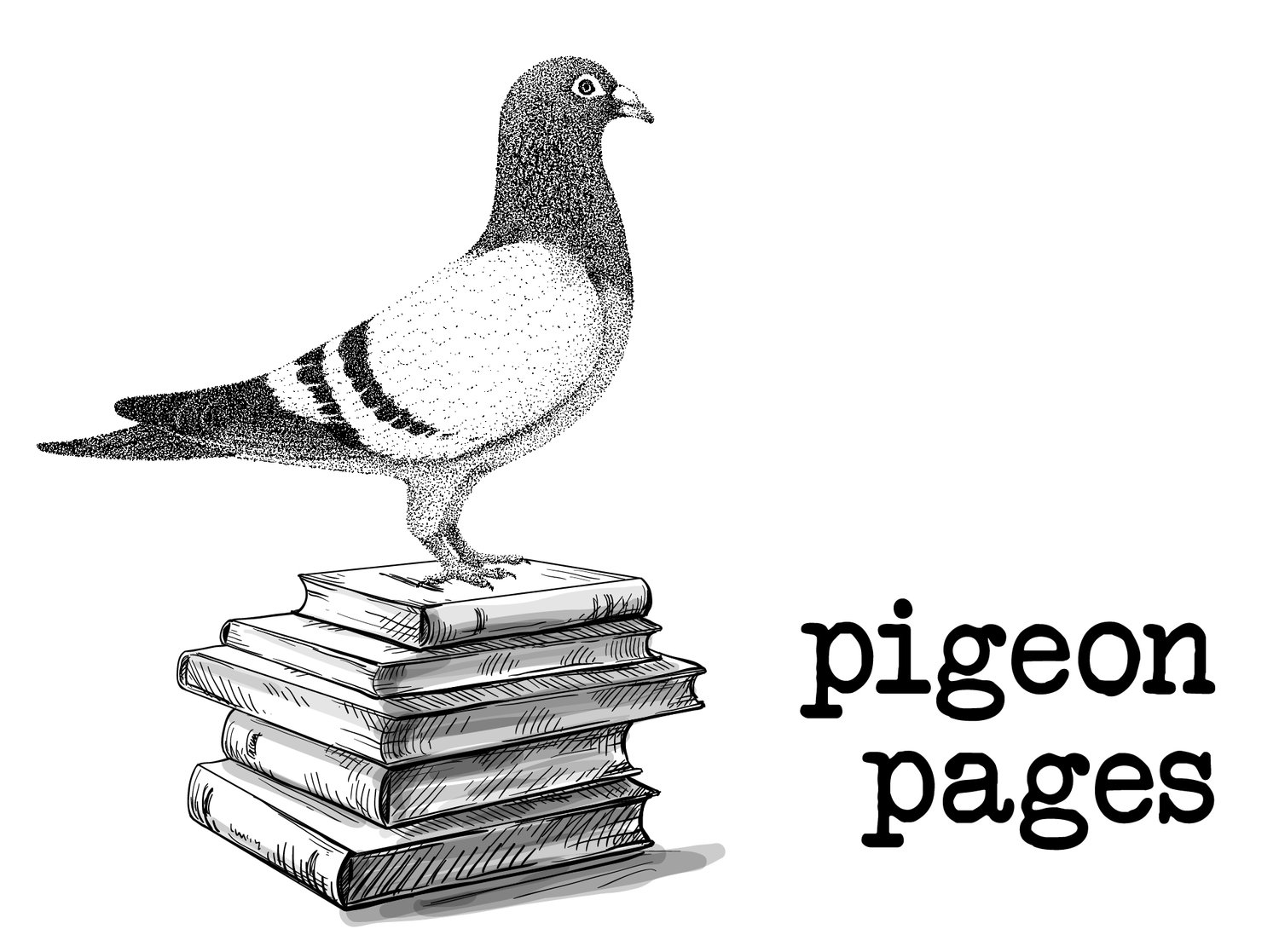Nor’Easter
by H.R. Webster
Wild animals that are fed by humans become habituated
Become aggressive may cause injury
The aggressive animal may need to be destroyed
Destroyed, which lives between death and erasure.
Coy-wolf in the photograph, her shoulders low.
When the power goes out we all sit around drinking instant coffee warmed over sterno.
With women my age the conversation always goes there: how we felt when we heard something usual to us in our youth described as rape. And then how we felt about that feeling, often anger, and then shame at that anger, and then shame at that shame. Sometimes a dazzling gladness, though. When we are feeling most strong. At the beach, letting the wind hold our arms above our heads.
Or even crouched, our faces whisper-distance from the washed-up seal, her skin’s impossible glove, a finger dipped in wax from a dripping taper.
We have come here together to see the distressed ocean. Her unbearable, careening staircases.
How have we only recently discovered that animals remember near death experiences?
The lens of groundwater pulsing like a blister.
Though what memory means, I cannot say. Imagine the dog saying in her dog voice “I bit this man because a tall man, a man with a similar body to this one’s, hit me in my youth.”
A relationship to harm untethered from attempts to articulate. To picture the self as the body and in so picturing still lend supremacy to something that, despite your best efforts, appears in your body-mind as exterior to you. It is pointless but necessary, this exercise.
Those months when you committed to not producing any garbage. Carried around your little wooden fork, slip of soap, mesh bag, glass squid gladius to drink through.
At the beach a cormorant dislodged from the lee of a dune by our voices struggles to land again.
Ornament of speedboat scar on whale’s shoulder. Rabbit, rabbit. The three-legged fox begging for hamburgers where we huddle around the propane grill, shielding the blue flame from the storm with our arms around each other’s waists. She limps to devour her patty under the roses, chin red with the purge the ground meat left on the Styrofoam tray.
Scented tampon applicator secreting sand. Lure. Length of yellow nylon rope. The gulls who we call “her.” We say “she must be exhausted, always flying.”
The youngest among us have been asked to forgive rapes perpetrated against other women. Often in bed after we have already entered into the contract of desire.
Bruised knee from navigating the kitchen in darkness to pour a glass of water from the jug filled when the storm warning pinged.
I want to believe in God so I can cease my measuring. The wind has picked up the little papers on which I have kept my notations. They have been disarranged.
Admit, it is unbearable to calculate.
Unbearable ocean, she sits above us, unbearable, unbearable, cathedral, unbearable.
Meantime, Lord, please let us move with wild intention, error to error.
Published September 12th, 2022
H.R. Webster has received fellowships from the Vermont Studio Center, the Helen Zell Writers’ Program, and the Fine Arts Work Center, where she was the 2021-2022 returning poet. Her work has appeared in the Guernica, Poetry, Black Warrior Review, Muzzle, Ecotone, and elsewhere. Her debut collection, What Follows, is available from Black Lawrence Press. Poems etc. at hrwebster.com.
Janaina Tschäpe was born in Munich, Germany in 1973. She received her Bachelor of Fine Arts from the Hochschule für bildende Künste, Hamburg and her Master in Fine Arts from the School of Visual Arts, New York. Throughout her twenty-plus year career Tschäpe’s multidisciplinary body of work has encompassed painting, drawing, photography, video and sculpture. Janaina Tschäpe lives and works in New York. Her work can be found in important public collections including Centre Pompidou, Paris, France; Museo Nacional Centro de Arte Reina Sofía, Madrid, Spain; Harvard Art Museum, Cambridge, Massachusetts; Museu de Arte Moderna do Rio de Janeiro, Brazil; Moderna Museet, Stockholm, Sweden; Thyssen-Bornemisza Art Contemporary, Vienna, Austria; and the Solomon R. Guggenheim Museum, New York, among others. She has completed public commissions in New York City; Miami Beach, Florida; São Paulo, Brazil; and Holbæk, Denmark.

